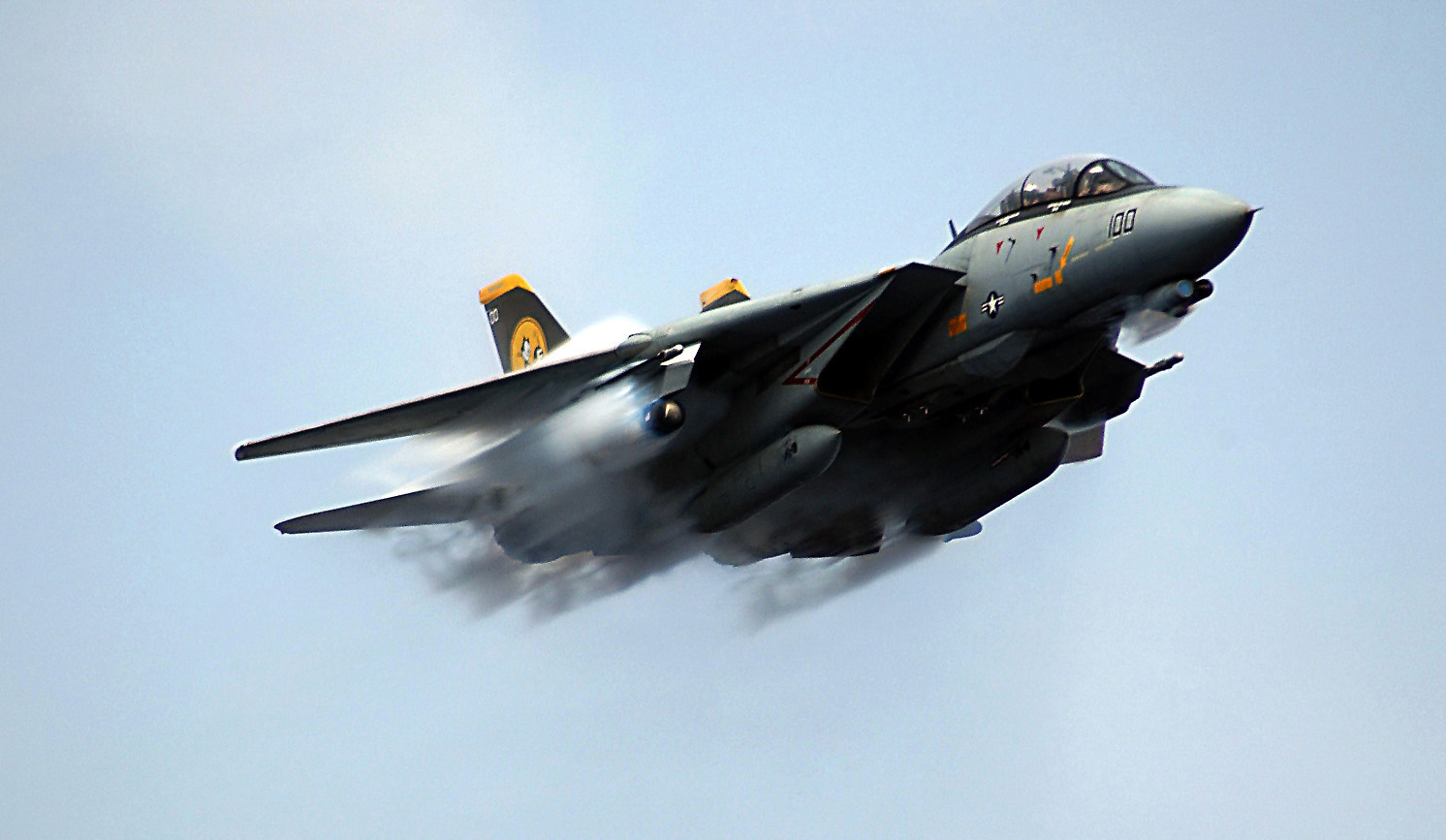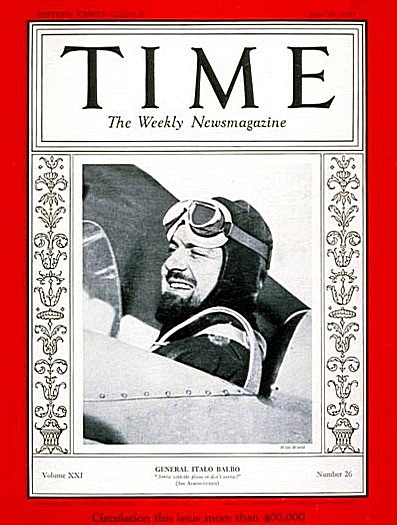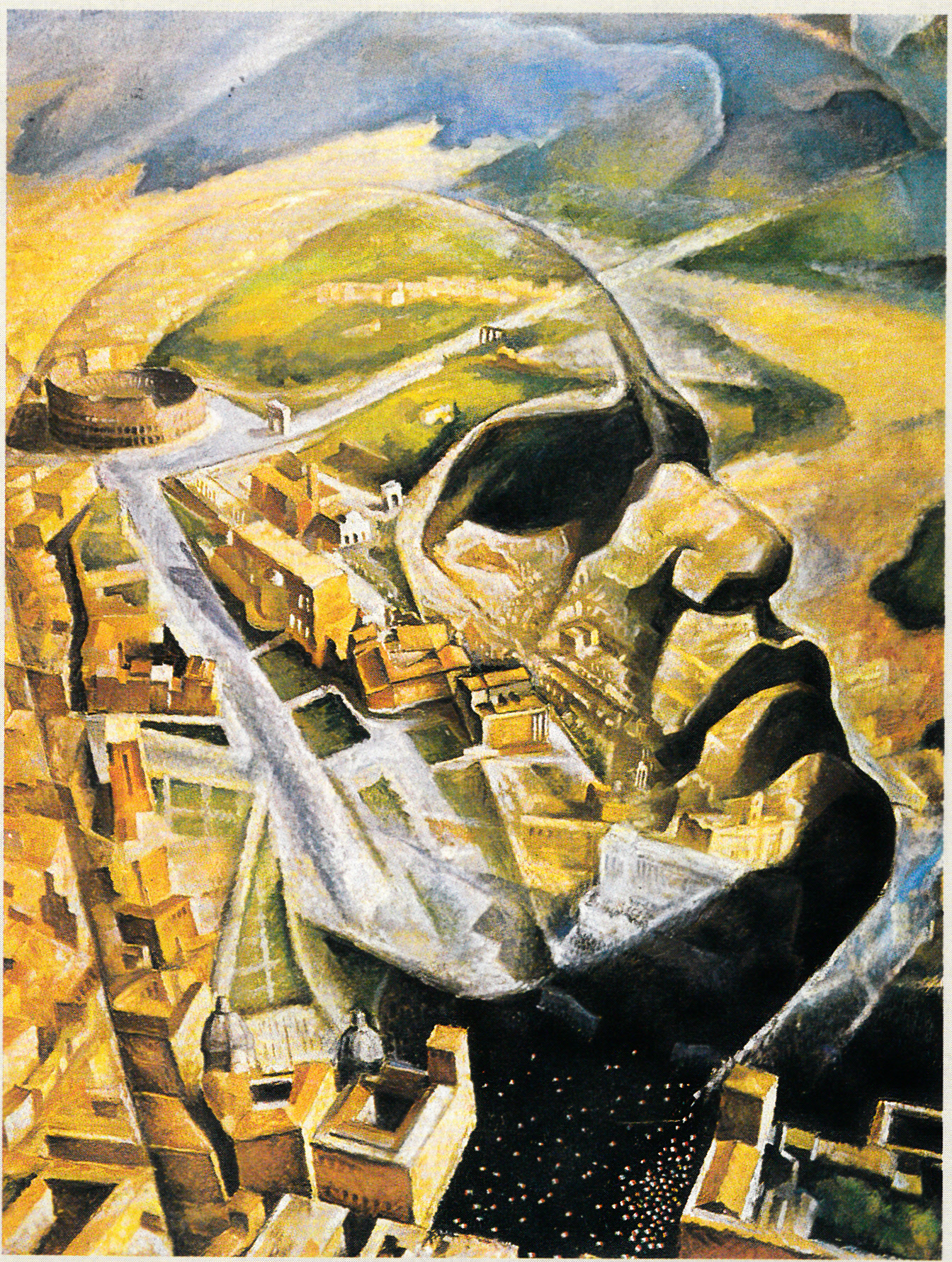|
Aircraft In Fiction
Various real-world aircraft have made significant appearances in fiction over the decades, including in books, films, toys, TV programs, video games, and other media. These appearances spotlight the popularity of different models of aircraft, and showcase the different types for the general public. Origins The first aviation film was the 1911 William J. Humphrey–directed two-reeler, ''The Military Air-Scout'', shot following an Aero Club of America flying meet at Long Island, New York, with Lt. Henry Arnold doing the stunt flying. "Arnold, who picked up 'a few extra bucks' for his services, became so excited about movies that he almost quit the Army to become an actor." The years between World War I and World War II saw extensive use of the new technology, aircraft, in the new medium, film. In the early 1920s Hollywood studios made dozens of now-obscure "aerial Westerns" with leads such as Tom Mix and Hoot Gibson, where the role of the horse was taken by aircraft, or used a ... [...More Info...] [...Related Items...] OR: [Wikipedia] [Google] [Baidu] |
F-14 Tomcat VF-31 2006
The Grumman F-14 Tomcat is an American carrier-capable supersonic aircraft, supersonic, twinjet, twin-engine, two-seat, twin-tail, variable-sweep wing fighter aircraft. The Tomcat was developed for the United States Navy's Naval Fighter Experimental (VFX) program after the collapse of the General Dynamics–Grumman F-111B, General Dynamics-Grumman F-111B project. The F-14 was the first of the American Teen Series fighters, which were designed incorporating aerial warfare, air combat experience against Mikoyan, MiG fighters during the Vietnam War. The F-14 first flew on 21 December 1970 and made its first deployment in 1974 with the U.S. Navy aboard , replacing the McDonnell Douglas F-4 Phantom II. The F-14 served as the U.S. Navy's primary maritime air superiority fighter, fleet defense interceptor aircraft, interceptor, and tactical aerial reconnaissance platform into the 2000s. The Low Altitude Navigation and Targeting Infrared for Night (LANTIRN) pod system was added in the ... [...More Info...] [...Related Items...] OR: [Wikipedia] [Google] [Baidu] |
Italo Balbo
Italo Balbo (6 June 1896 – 28 June 1940) was an Italian fascist politician and Blackshirts' leader who served as Italy's Marshal of the Air Force, Governor-General of Libya and Commander-in-Chief of Italian North Africa. Due to his young age, he was sometimes seen as a possible successor of dictator Benito Mussolini. After serving in World War I, Balbo became the leading Fascist organizer in his home region of Ferrara. He was one of the four principal architects (''Quadrumviri del Fascismo'') of the March on Rome that brought Mussolini and the Fascists to power in 1922, along with Michele Bianchi, Emilio De Bono and Cesare Maria De Vecchi. In 1926, he began the task of building the Italian Royal Air Force and took a leading role in popularizing aviation in Italy, and promoting Italian aviation to the world. In 1933, perhaps to relieve tensions surrounding him in Italy, he was given the government of Italian Libya, where he resided for the remainder of his life. Balbo, ... [...More Info...] [...Related Items...] OR: [Wikipedia] [Google] [Baidu] |
Miniseries
A miniseries or mini-series is a television series that tells a story in a predetermined, limited number of episodes. "Limited series" is another more recent US term which is sometimes used interchangeably. , the popularity of miniseries format has increased in both streaming services and broadcast television. The term " serial" is used in the United Kingdom and in other Commonwealth nations to describe a show that has an ongoing narrative plotline, while "series" is used for a set of episodes in a similar way that "season" is used in North America. Definitions A miniseries is distinguished from an ongoing television series; the latter does not usually have a predetermined number of episodes and may continue for several years. Before the term was coined in the US in the early 1970s, the ongoing episodic form was always called a " serial", just as a novel appearing in episodes in successive editions of magazines or newspapers is called a serial. In Britain, miniseries are often ... [...More Info...] [...Related Items...] OR: [Wikipedia] [Google] [Baidu] |
Salon
Salon may refer to: Common meanings * Beauty salon, a venue for cosmetic treatments * French term for a drawing room, an architectural space in a home * Salon (gathering), a meeting for learning or enjoyment Arts and entertainment * Salon (Paris), a prestigious annual juried art exhibition in Paris begun under Louis XIV * ''The Salon'' (TV series), a British reality television show * ''The Salon'' (film), a 2005 American dramatic comedy movie * ''The Salon'' (comics), a graphic novel written and illustrated by Nick Bertozzi Places * Salon, Aube, France, a commune * Salon, Dordogne, France, a commune * Salon, India, a town and nagar panchayat * Salon (Assembly constituency), India, a constituency for the Uttar Pradesh Legislative Assembly Other uses * Salon.com, an online magazine * Champagne Salon, a producer of sparkling wine * Salon Basnet (born 1991), Nepali actor and model See also * * Salon-de-Provence, France, a commune * Salon-la-Tour, France, a commune * Sa ... [...More Info...] [...Related Items...] OR: [Wikipedia] [Google] [Baidu] |
Ansaldo SVA
The Ansaldo SVA (named for Savoia-Verduzio- Ansaldo) was a family of Italian reconnaissance biplane aircraft of World War I and the decade after. Originally conceived as a fighter, the SVA was found inadequate for that role. Nevertheless, its impressive speed, range and operational ceiling, with its top speed making it one of the fastest of all Allied combat aircraft in World War I, gave it the right properties to be an excellent reconnaissance aircraft and even light bomber. Production of the aircraft continued well after the war, the final examples were delivered during 1918. The SVA was a conventionally laid-out unequal-span biplane - however, it was unusual in featuring Warren Truss-style struts joining its two wings, and therefore having no transverse (spanwise) bracing wires. The plywood-skinned fuselage had the typical Ansaldo triangular rear cross-section behind the cockpit, transitioning to a rectangular cross section going forwards through the rear cockpit area, with ... [...More Info...] [...Related Items...] OR: [Wikipedia] [Google] [Baidu] |
Flight Over Vienna
The Flight over Vienna was an air raid during World War I undertaken by Italian poet and nationalist Gabriele D'Annunzio on . With 11 Ansaldo SVA aircraft from his team, the 87ma ''squadriglia'' (squadron) called ''La Serenissima'' (Venice) all bearing the Lion of St Mark painted on their fuselage sides as the squadron's insignia, he flew for over in a round trip from the squadron's military airfield in Due Carrare to Vienna en, Viennese , iso_code = AT-9 , registration_plate = W , postal_code_type = Postal code , postal_code = , timezone = CET , utc_offset = +1 , timezone_DST ... to drop thousands of propaganda leaflets. The action was planned the year before but technical problems, such as the fuel capacity of the planes, delayed it. The first try was attempted on the , but the aircraft returned due to heavy fog. The second try, on , was cancelled due to strong wind, while ... [...More Info...] [...Related Items...] OR: [Wikipedia] [Google] [Baidu] |
Aeropittura
Aeropittura (''Aeropainting'') was a major expression of the second generation of Italian Futurism, from 1929 through the early 1940s. The technology and excitement of flight, directly experienced by most aeropainters,Osborn, Bob, ''Tullio Crali: the Ultimate Futurist Aeropainter'' offered aeroplanes and aerial landscape as new subject matter. Aeropainting was varied in subject matter and treatment, including realism (especially in works of propaganda), abstraction, dynamism, quiet Umbrian landscapes, portraits of (e.g., [...More Info...] [...Related Items...] OR: [Wikipedia] [Google] [Baidu] |
Futurism
Futurism ( it, Futurismo, link=no) was an artistic and social movement that originated in Italy, and to a lesser extent in other countries, in the early 20th century. It emphasized dynamism, speed, technology, youth, violence, and objects such as the car, the airplane, and the industrial city. Its key figures included the Italians Filippo Tommaso Marinetti, Umberto Boccioni, Carlo Carrà, Fortunato Depero, Gino Severini, Giacomo Balla, and Luigi Russolo. Italian Futurism glorified modernity and according to its doctrine, aimed to liberate Italy from the weight of its past. Important Futurist works included Marinetti's 1909 ''Manifesto of Futurism'', Boccioni's 1913 sculpture ''Unique Forms of Continuity in Space'', Balla's 1913–1914 painting '' Abstract Speed + Sound'', and Russolo's ''The Art of Noises'' (1913). Although Futurism was largely an Italian phenomenon, parallel movements emerged in Russia, where some Russian Futurists would later go on to found groups of their o ... [...More Info...] [...Related Items...] OR: [Wikipedia] [Google] [Baidu] |
Venice Film Festival
The Venice Film Festival or Venice International Film Festival ( it, Mostra Internazionale d'Arte Cinematografica della Biennale di Venezia, "International Exhibition of Cinematographic Art of the Venice Biennale") is an annual film festival held in Venice, Italy. It is the world's oldest film festival and one of the "Big Six" International film festivals worldwide, which include the Film festival#Notable festivals, Big Three European Film Festivals, alongside the Toronto Film Festival in Canada the Sundance Film Festival in the United States and the Melbourne International Film Festival in Australia. The Festivals are internationally acclaimed for giving creators the artistic freedom to express themselves through film. In 1951, FIAPF formally accredited the festival. Founded by the National Fascist Party in Venice in August 1932, the festival is part of the Venice Biennale, one of the world's oldest exhibitions of art, created by the Venice City Council on 19 April 1893. The ra ... [...More Info...] [...Related Items...] OR: [Wikipedia] [Google] [Baidu] |
Regia Aeronautica
The Italian Royal Air Force (''Regia Aeronautica Italiana'') was the name of the air force of the Kingdom of Italy. It was established as a service independent of the Royal Italian Army from 1923 until 1946. In 1946, the monarchy was abolished and the Kingdom of Italy became the Italian Republic, whereupon the name of the air force changed to Aeronautica Militare. History Beginnings At the beginning of the twentieth century, Italy was at the forefront of aerial warfare: during the colonization of Libya in 1911, it made the first reconnaissance flight in history on 23 October, and the first ever bombing raid on 1 November. During World War I, the Italian ''Corpo Aeronautico Militare'', then still part of the ''Regio Esercito'' (Royal Army), operated a mix of French fighters and locally built bombers, notably the gigantic Caproni aircraft. The ''Regia Marina'' (Royal Navy) had its own air arm, operating locally built flying boats. Founding of the ''Regia Aeronautica'' ... [...More Info...] [...Related Items...] OR: [Wikipedia] [Google] [Baidu] |
Second Italo-Abyssinian War
The Second Italo-Ethiopian War, also referred to as the Second Italo-Abyssinian War, was a war of aggression which was fought between Italy and Ethiopia from October 1935 to February 1937. In Ethiopia it is often referred to simply as the Italian Invasion ( am, ጣልያን ወረራ), and in Italy as the Ethiopian War ( it, Guerra d'Etiopia). It is seen as an example of the expansionist policy that characterized the Axis powers and the ineffectiveness of the League of Nations before the outbreak of the Second World War. On 3 October 1935, two hundred thousand soldiers of the Italian Army commanded by Marshal Emilio De Bono attacked from Eritrea (then an Italian colonial possession) without prior declaration of war. At the same time a minor force under General Rodolfo Graziani attacked from Italian Somalia. On 6 October, Adwa was conquered, a symbolic place for the Italian army because of the defeat at the Battle of Adwa by the Ethiopian army during the First Italo-Ethiopian Wa ... [...More Info...] [...Related Items...] OR: [Wikipedia] [Google] [Baidu] |






